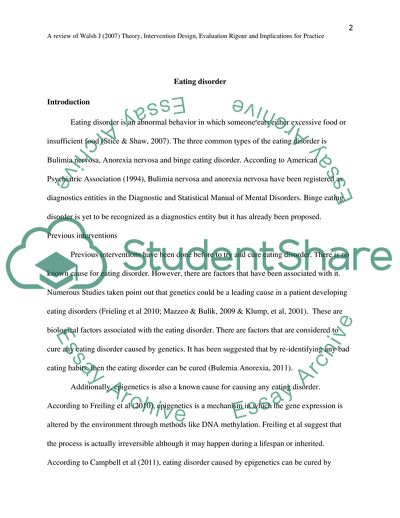Cite this document
(Common Types of Eating Disorder Coursework Example | Topics and Well Written Essays - 2000 words, n.d.)
Common Types of Eating Disorder Coursework Example | Topics and Well Written Essays - 2000 words. https://studentshare.org/psychology/1767893-health-psychology-applications
Common Types of Eating Disorder Coursework Example | Topics and Well Written Essays - 2000 words. https://studentshare.org/psychology/1767893-health-psychology-applications
(Common Types of Eating Disorder Coursework Example | Topics and Well Written Essays - 2000 Words)
Common Types of Eating Disorder Coursework Example | Topics and Well Written Essays - 2000 Words. https://studentshare.org/psychology/1767893-health-psychology-applications.
Common Types of Eating Disorder Coursework Example | Topics and Well Written Essays - 2000 Words. https://studentshare.org/psychology/1767893-health-psychology-applications.
“Common Types of Eating Disorder Coursework Example | Topics and Well Written Essays - 2000 Words”. https://studentshare.org/psychology/1767893-health-psychology-applications.


